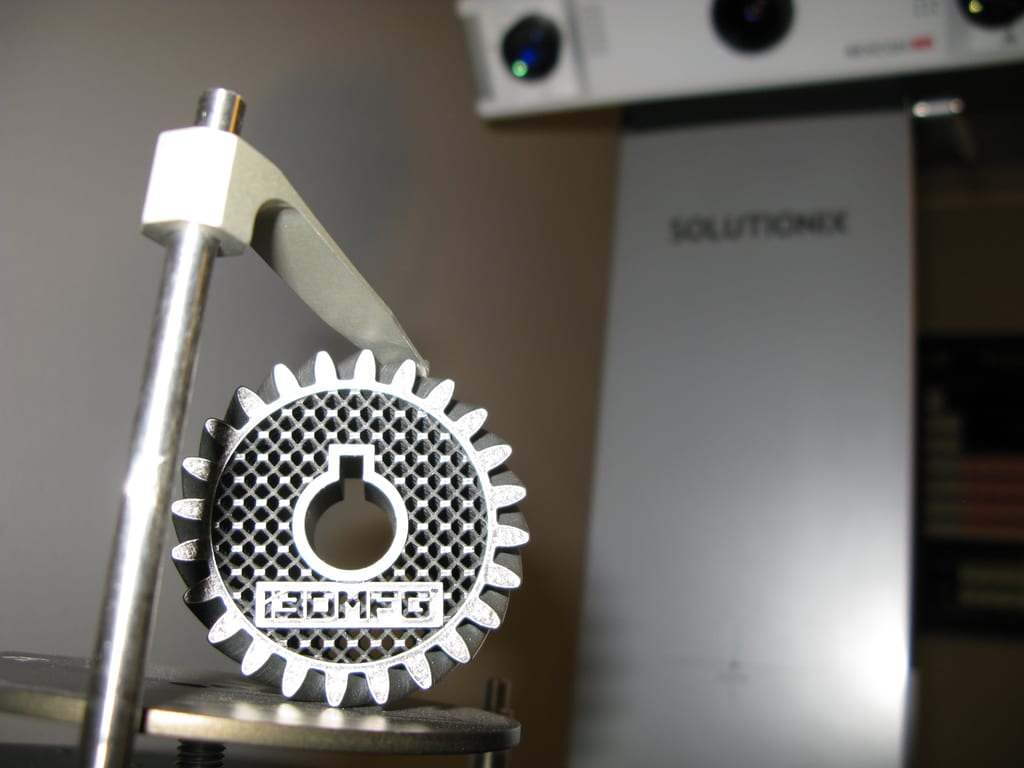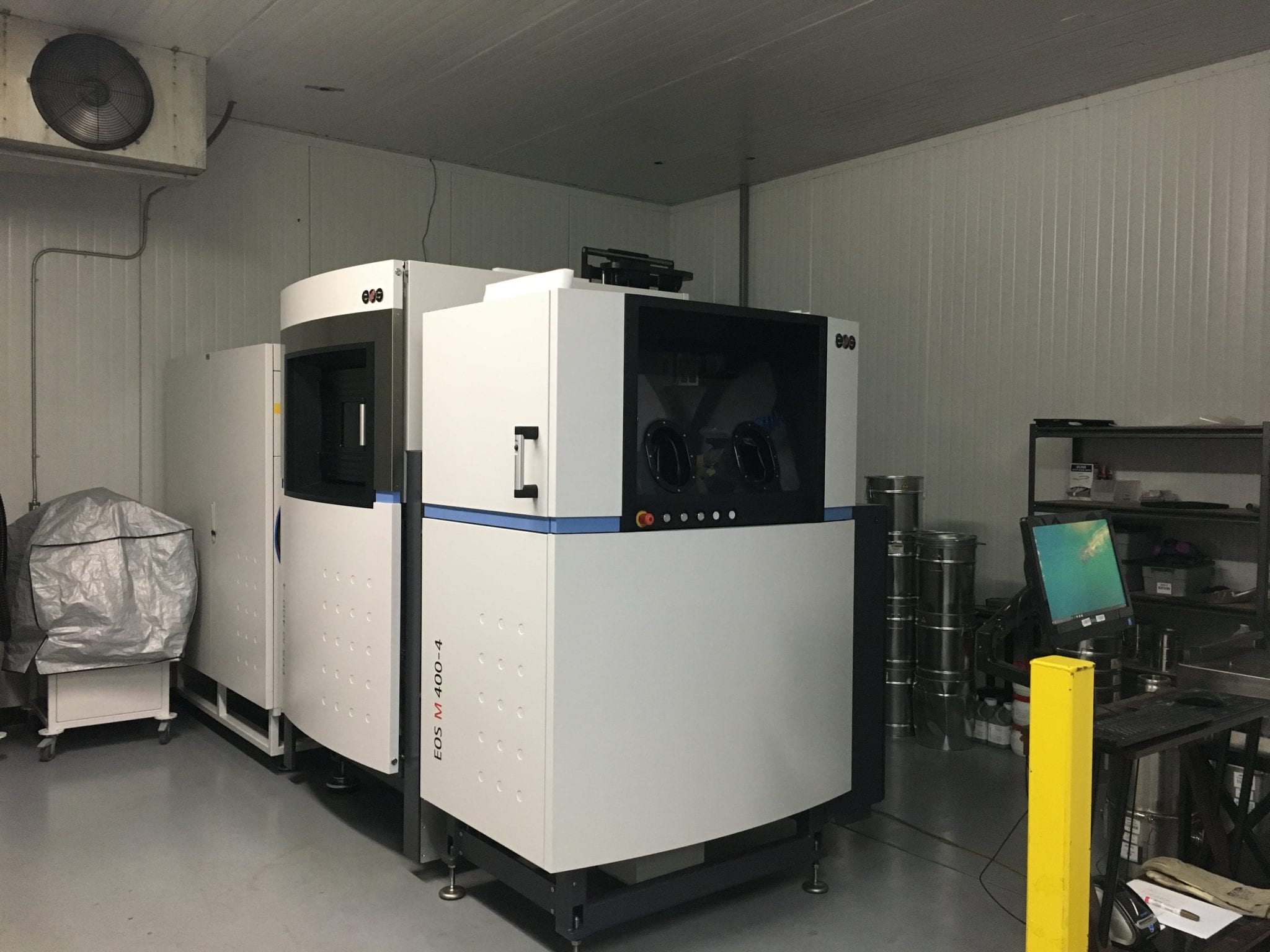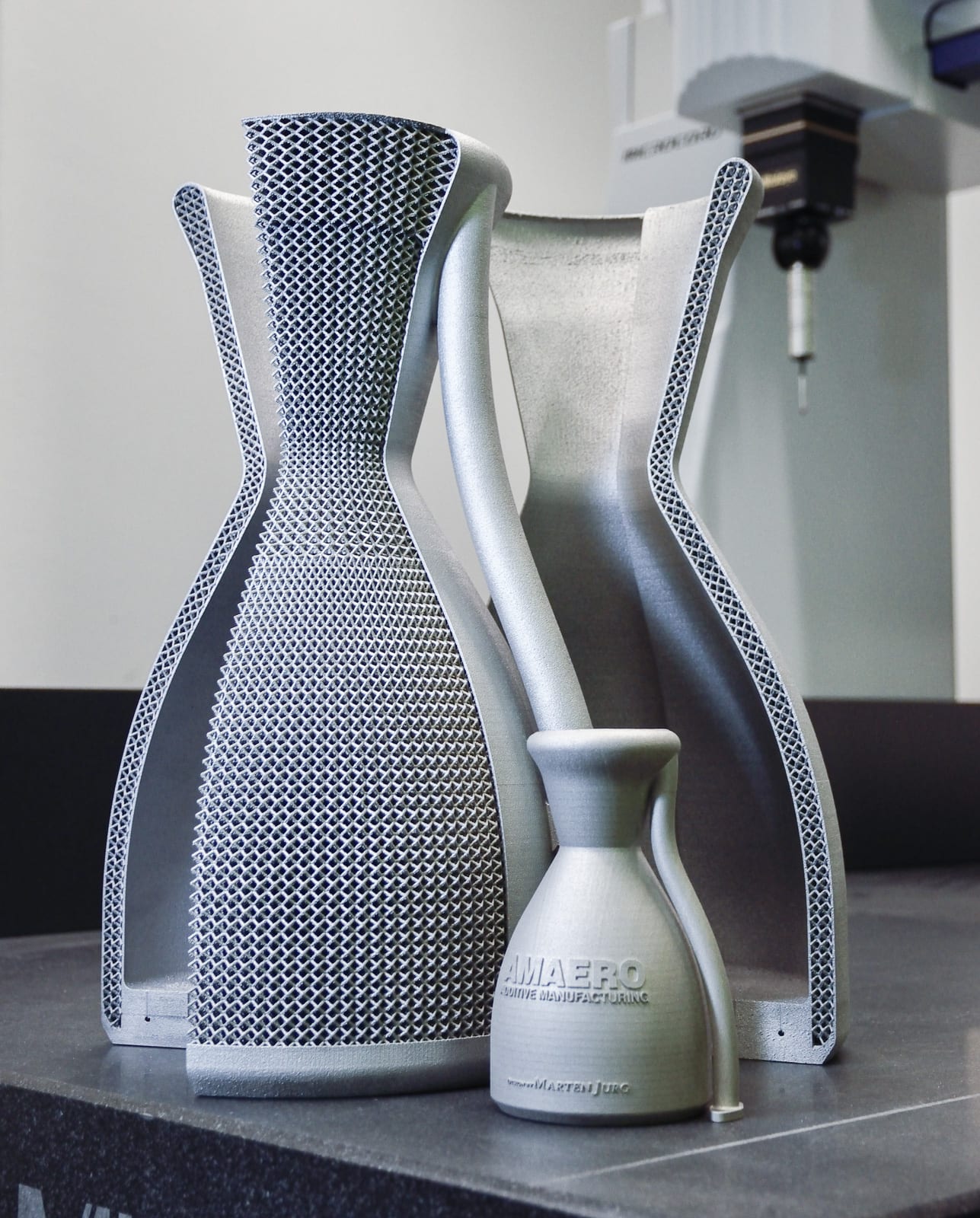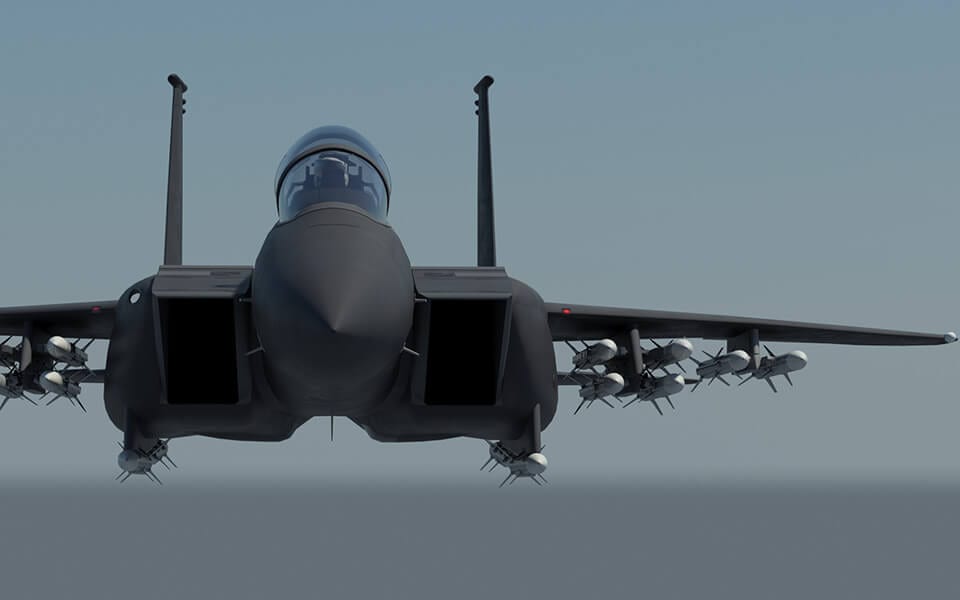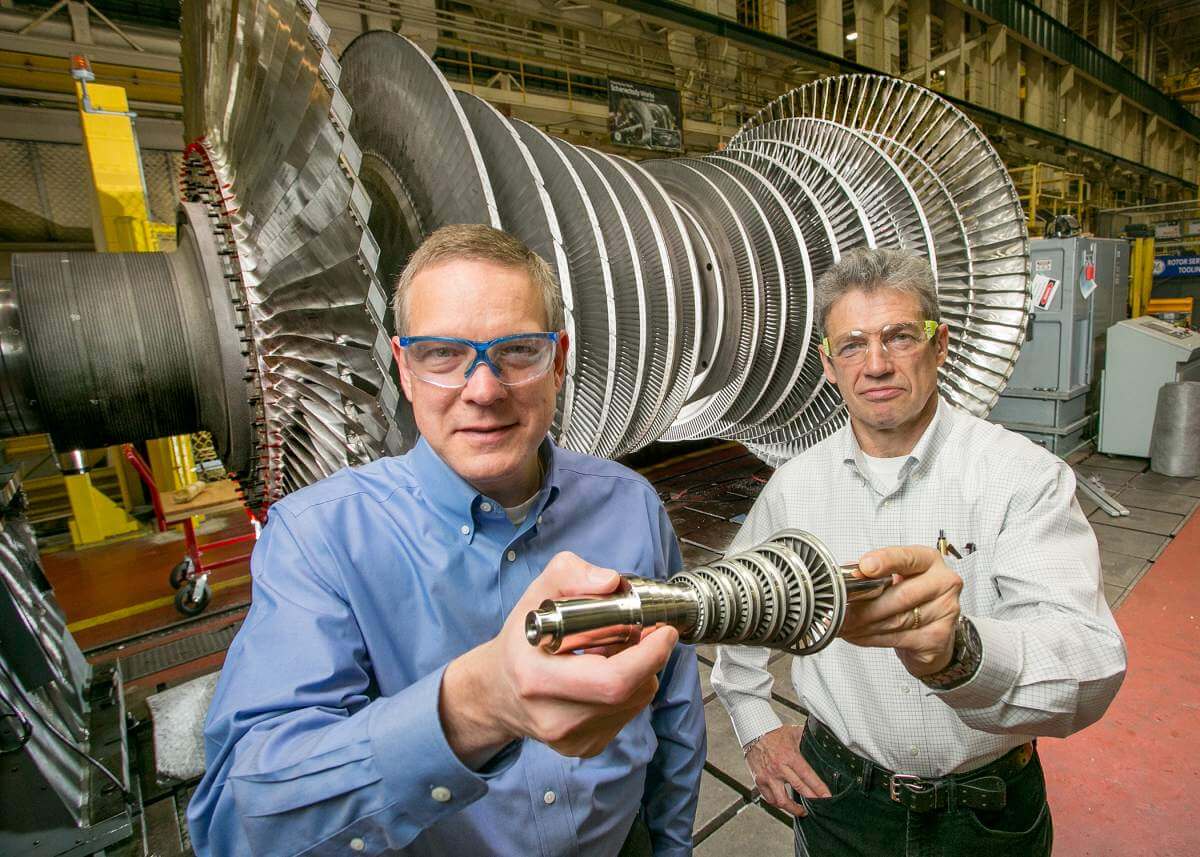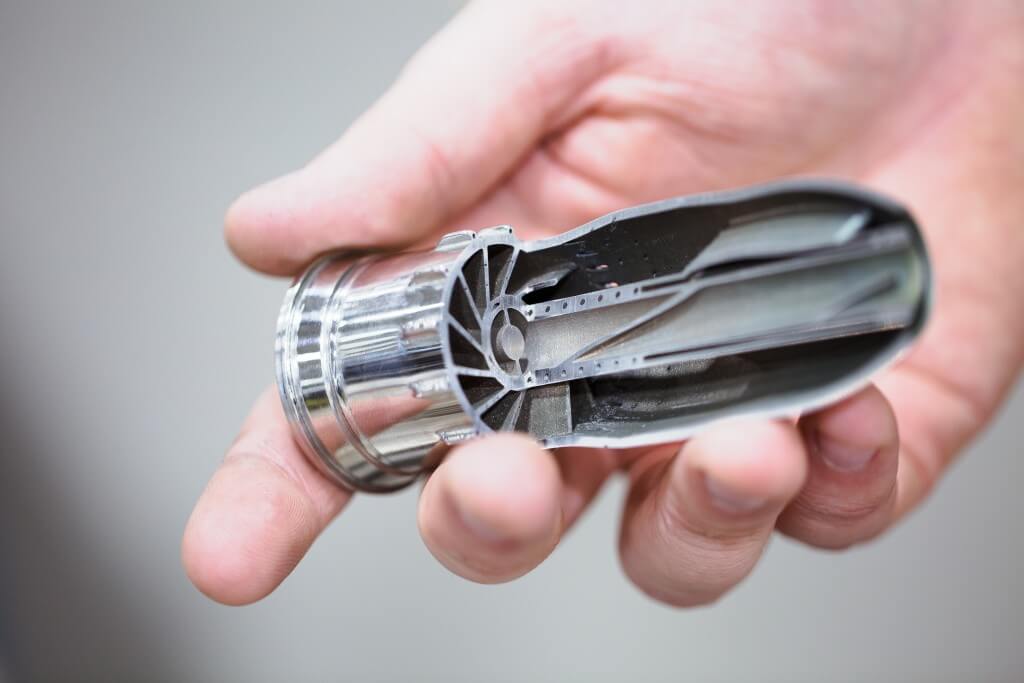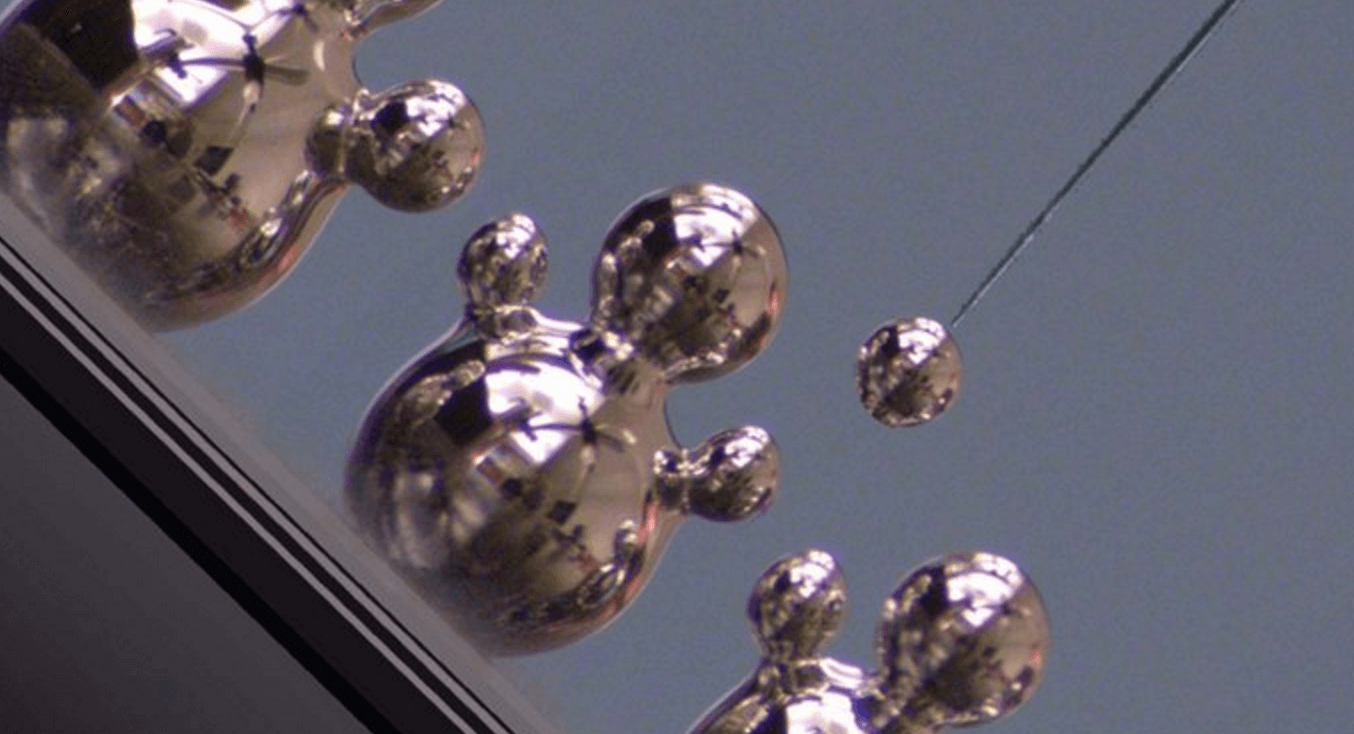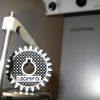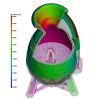Additive Manufacturing and Post Processing – A synergetic relationship
In the world of Additive Manufacturing, 3D printing is usually the first thing that comes to mind. However there is something equally as important in AM, and that’s strong relationships with post processing vendors. Once a part has been 3D printed, they are often not complete for a customers proposed application. This is why we rely on a synergetic relationship with post processing services to help us provide a complete and finished product that meets the customers criteria. The most common post processing services utilized in the AM industry today are Post-Machining, HIP treatment, and Anodizing.
Our friends at Cascade Precision Inc, an Oregon based AS9100 and ISO9001 certified Post-Machining company help to post process parts that require further assistance before they are considered complete. Post-Machine shops utilize high precision CNC machines to either lath or mill a part to meet given parameters or tolerances.
When parts need their density increased, heat combined with pressure is applied to the material from all directions in a manufacturing process called HIP (Hot Isostatic Pressing). Argon is the most commonly used pressure medium. After optimal HIP treatment is applied to parts tensile strength can increase significantly based on the ductility desired by the customer.
When aiming to give a part a certain cosmetic look, customers rely on anodizing services. Anodizing hardens and coats parts to make them tougher and give them a specific color chosen by the customer. Anodizing can differ between soft and hard coating, soft coating provides a thin coating while hard coating provides a thicker coating to help prevent corrosion.
Looking to the future, the importance of maintaining a synergetic relationship with post processing services cannot be overlooked. This relationship is crucial to meet the dynamic demands of the AM industry. i3D is committed to establishing strong working relationships with post processing services in order to provide the best product possible to suite our customers needs.
